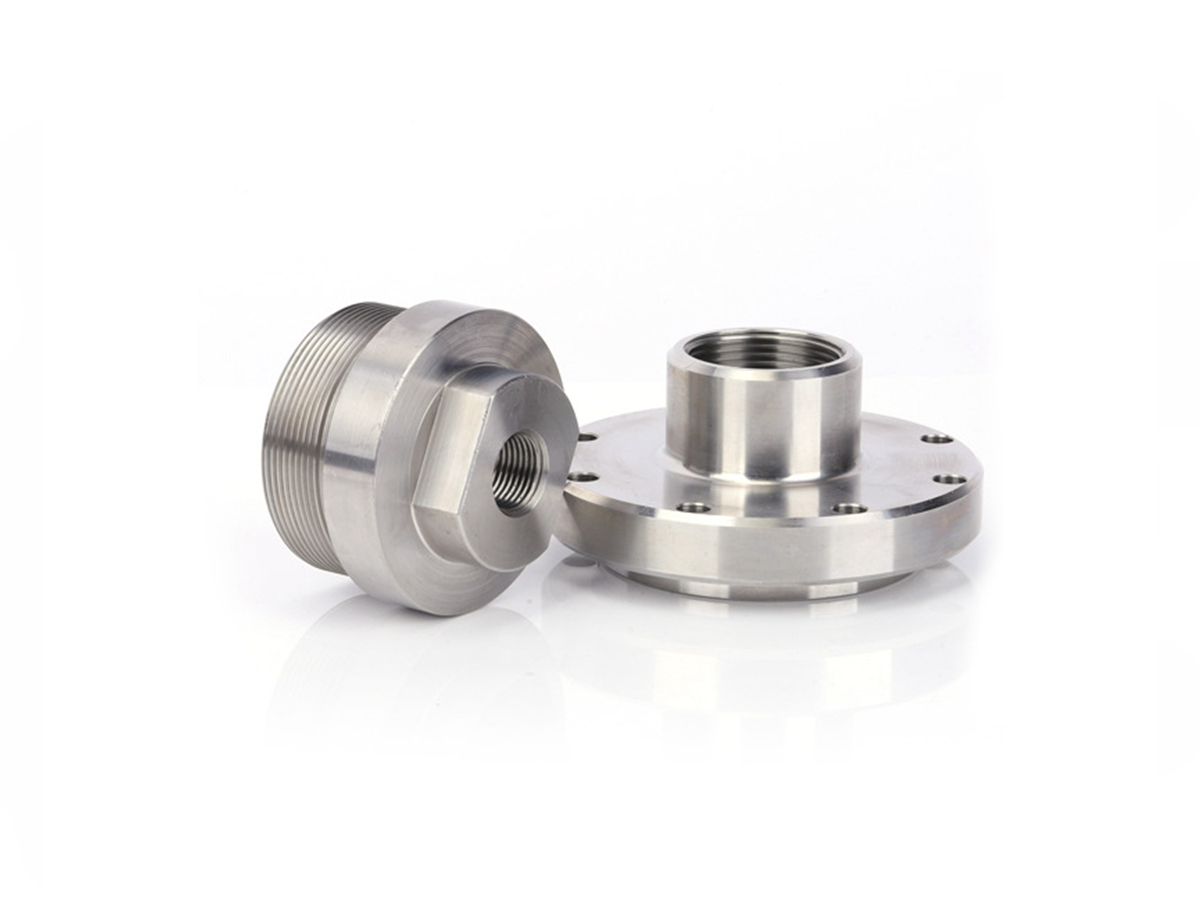High-Quality CNC Machining of Custom Components for Industrial Automation
Introduction to CNC Machining for Industrial Automation
Industrial automation systems rely on precisely machined custom components to ensure seamless, reliable, and efficient operations. CNC machining offers high precision (±0.005 mm) and exceptional surface finishes (Ra ≤0.8 µm), enabling the fabrication of custom parts such as robotic joints, actuator casings, precision sensor housings, and specialized fittings. These components are integral to industries like automation, robotics, and industrial equipment.
Leveraging professional CNC machining services, manufacturers can deliver highly customized and durable automation components, significantly improving system accuracy, reliability, and overall performance under demanding conditions.
Material Comparison for CNC Machined Automation Components
Material Performance Comparison
Material | Tensile Strength (MPa) | Wear Resistance | Corrosion Resistance | Typical Applications | Advantage |
|---|---|---|---|---|---|
276-310 | Good | Excellent | Actuator housings, frames | Lightweight, excellent machinability | |
515-690 | Very Good | Excellent | Sensor housings, precision fittings | Superior corrosion resistance, durable | |
900-1100 | Excellent | Exceptional | Robotic joints, structural components | High strength-to-weight ratio, corrosion-resistant | |
400-550 | Good | Good | Precision connectors, fittings | Exceptional machinability, precise dimensions |
Material Selection Strategy for Industrial Automation Components
Selecting optimal materials for industrial automation components depends on strength requirements, weight sensitivity, corrosion resistance, and machinability:
Aluminum 6061-T6 is ideal for lightweight yet strong actuator casings and frame components, providing excellent corrosion resistance and dimensional accuracy.
Stainless Steel SUS316 is optimal for precision sensor housings and fittings operating in corrosive or chemically demanding environments due to its high durability and excellent corrosion resistance.
Titanium Ti-6Al-4V is best suited for high-performance robotic joints and structural parts, combining outstanding tensile strength (up to 1100 MPa) and superior corrosion resistance.
Brass C385 is selected for connectors and intricate fittings requiring precise tolerances (±0.005 mm), ease of machining, and excellent dimensional stability.
CNC Machining Process Analysis for Automation Components
CNC Machining Processes Performance Comparison
CNC Machining Technology | Dimensional Accuracy (mm) | Surface Roughness (Ra µm) | Typical Applications | Key Advantages |
|---|---|---|---|---|
±0.005-0.01 | 0.4-1.0 | Sensor housings, custom brackets | Complex geometries, precision | |
±0.005-0.01 | 0.6-1.2 | Actuator shafts, cylindrical components | Efficient, precise mass production | |
±0.002-0.005 | 0.05-0.2 | Bearings, sealing surfaces | Superior accuracy, fine surface finish | |
±0.003-0.008 | 0.2-0.8 | Complex robotic parts, intricate joints | Advanced precision, reduced setup time |
CNC Machining Process Selection Strategy for Automation Components
Selecting the appropriate CNC machining process is crucial for precision, operational longevity, and superior performance:
CNC Milling effectively produces complex geometries required in custom sensor housings, specialized brackets, and actuator bodies with high dimensional precision (±0.005 mm).
CNC Turning efficiently manufactures precision shafts, cylindrical fittings, and rotary components essential for actuator systems and robotic mechanisms.
CNC Grinding achieves ultra-fine tolerances (±0.002-0.005 mm) and exceptional surface finishes (Ra ≤0.2 µm), critical for components like precision bearings and sealing surfaces where friction control is crucial.
Multi-axis CNC Machining excels at complex robotic components and intricate joints, offering precise tolerances (±0.003 mm) while minimizing setup and machining time.
Surface Treatment Solutions for CNC Machined Automation Parts
Surface Treatment Performance Comparison
Treatment Method | Wear Resistance | Corrosion Resistance | Max Operating Temp (°C) | Typical Applications | Key Features |
|---|---|---|---|---|---|
Good | Outstanding (~1500 hrs ASTM B117) | 300 | Aluminum actuator housings, frames | Enhanced durability, corrosion protection | |
Excellent | Exceptional (~1000 hrs ASTM B117) | 400 | Connectors, precision fittings | Uniform corrosion resistance | |
Excellent | Outstanding (~1200 hrs ASTM B117) | 450 | Shafts, high-wear joints | High hardness, low friction | |
Moderate | Excellent (~800 hrs ASTM B117) | 250 | Stainless steel sensor housings | Enhanced corrosion resistance |
Surface Treatment Selection Strategy for Automation Components
Appropriate surface treatments significantly increase component lifespan and performance reliability:
Anodizing offers exceptional corrosion protection for aluminum components, ideal for actuator housings and frames exposed to corrosive conditions.
Electroless Nickel Plating ensures consistent corrosion protection, beneficial for intricate connectors and fittings that require uniform coatings.
Chrome Plating significantly enhances hardness and wear resistance, suitable for precision shafts and joints to reduce maintenance requirements.
Passivation effectively improves corrosion resistance in stainless steel components, crucial for sensor housings and fittings in chemically aggressive environments.
Typical Prototyping Method
CNC Machining Prototyping: Delivers prototypes with tight dimensional tolerances (±0.005 mm) and precise finishes (Ra ≤0.8 µm), enabling accurate validation and functional testing.
Material Jetting: Produces detailed prototypes with layer thicknesses of 16-32 µm, ideal for early-stage verification of intricate designs and precision mechanical components.
Powder Bed Fusion: Fabricates robust metal prototypes with complex geometries at ±0.1 mm accuracy, suitable for rigorous functional and operational testing.
Quality Control Standards for CNC Machined Automation Components
Dimensional inspections via Coordinate Measuring Machines (CMM).
Surface roughness testing using profilometers.
Non-destructive testing methods (ultrasonic, radiographic) to ensure structural integrity.
Mechanical property and fatigue testing according to ASTM and ISO standards.
Corrosion resistance evaluation per ASTM B117 salt spray testing.
Comprehensive documentation and ISO 9001-certified traceability.
Industry Applications of CNC Machined Automation Parts
Robotic actuators and precision joints.
Customized sensor and electronics housings.
High-precision mechanical assemblies.
Specialized fittings for automated industrial processes.
Related FAQs:
Why is CNC machining essential for high-quality industrial automation components?
Which materials are ideal for precision automation parts?
How do CNC processes ensure dimensional accuracy for custom components?
What surface treatments enhance durability of automation components?
What quality standards apply to CNC machined automation parts?

